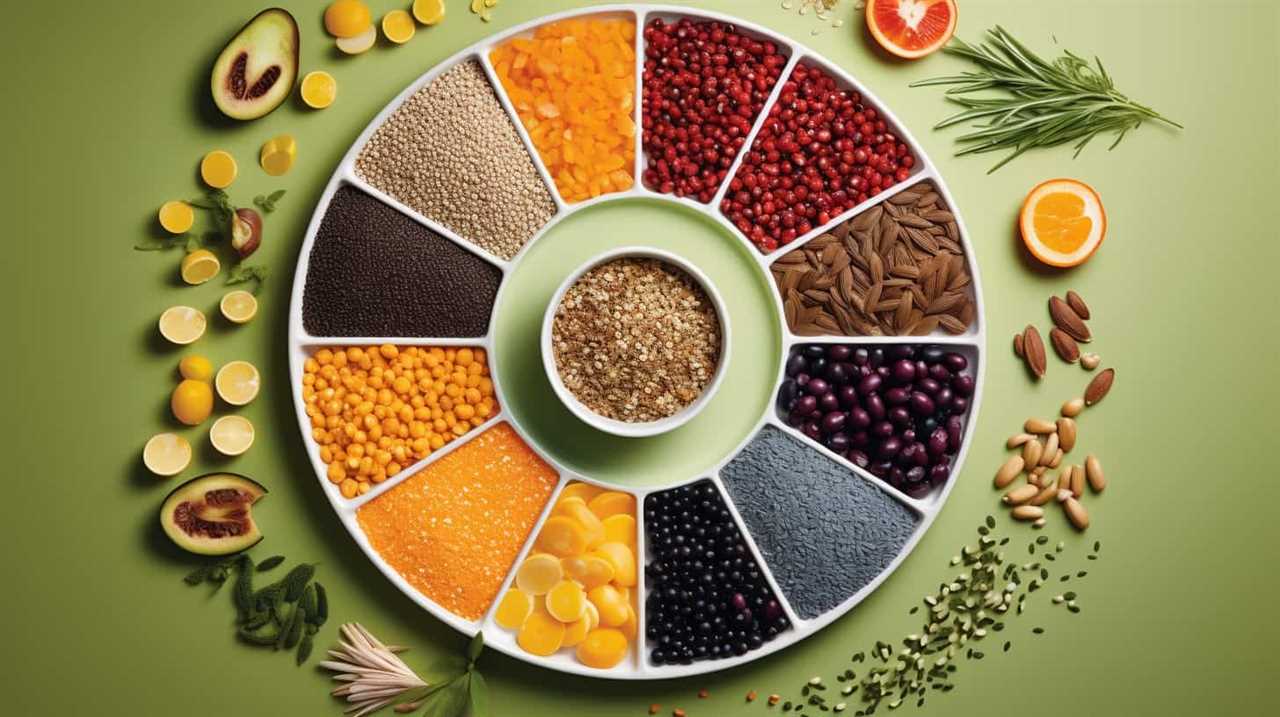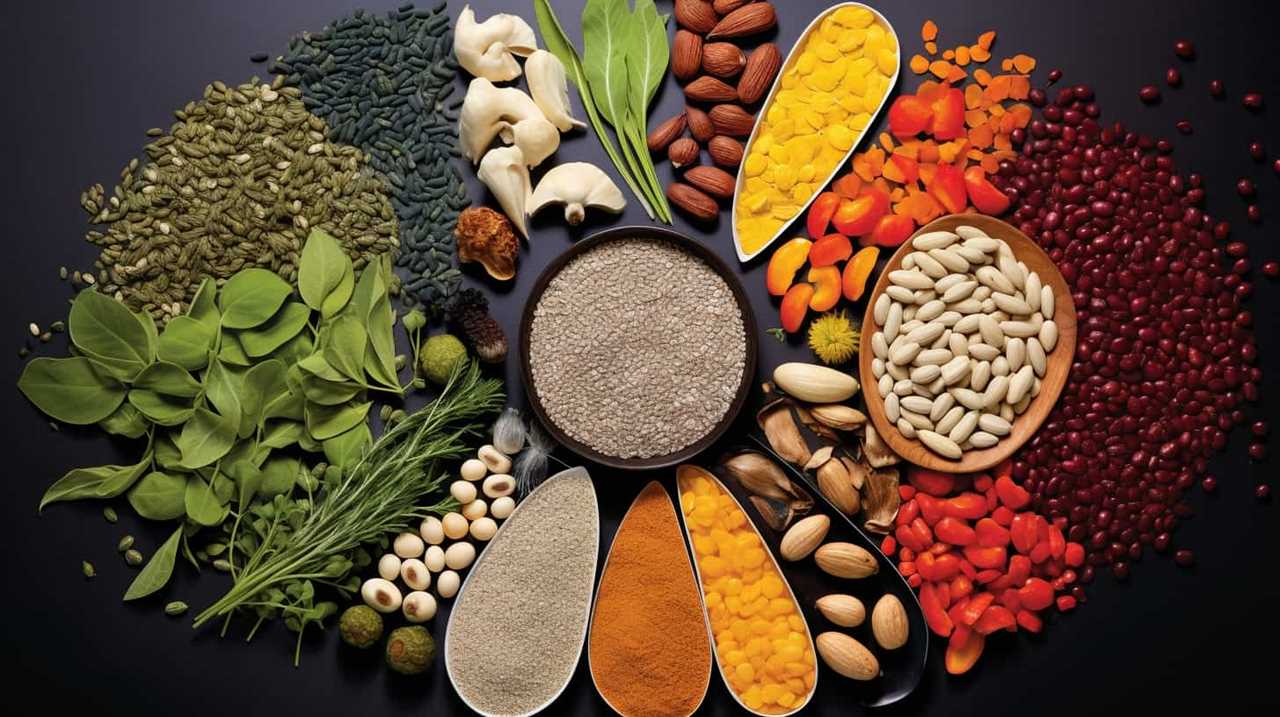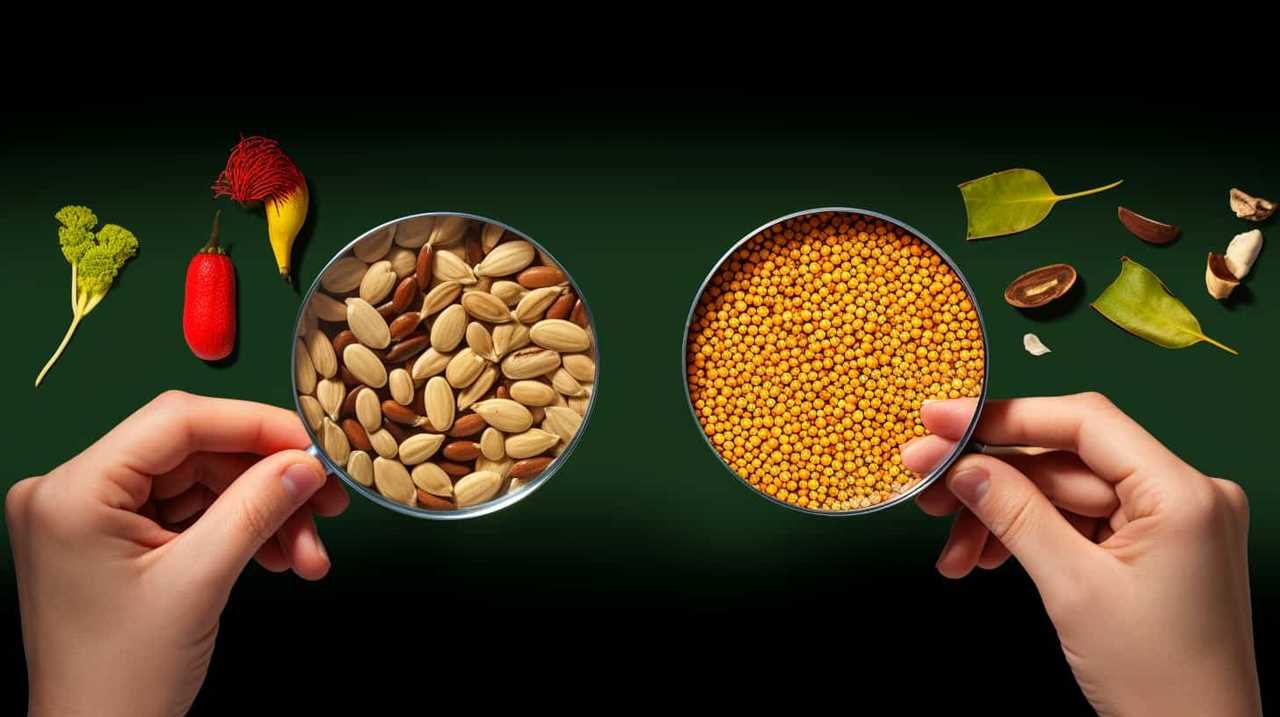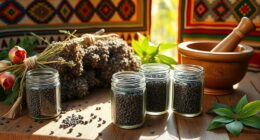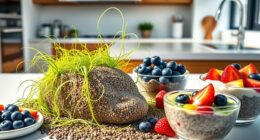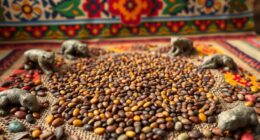Here is our guide to the top strategies in business for successful seed cultivation.
We’ve gathered years of experience and expertise to bring you the most effective techniques.
From selecting the right crops and varieties to implementing efficient irrigation and pest control, we’ve got you covered.
With our thorough and technical approach, you’ll be equipped to maximize your yields and achieve liberation in your seed production endeavors.

So, let’s dive in and revolutionize your seed production practices together.
Key Takeaways
- Crop rotation is essential for successful seed production as it prevents pests and diseases, maintains soil fertility, and reduces the need for chemical inputs.
- Meticulous testing and analysis ensure that seeds meet the highest standards and are free from pathogens and contaminants.
- Optimal planting techniques, such as accurate seed placement and spacing, seed treatment technologies, and strict planting schedules, maximize yield and ensure consistent quality.
- Efficient irrigation and water management, including the use of drought-resistant crops, water-saving technologies, and soil moisture sensors, are crucial for successful seed production.
Crop Selection and Variety
When it comes to successful seed production, we frequently rely on our team’s expertise in selecting and cultivating the most suitable crop varieties. One of the key factors in our decision-making process is crop rotation. By rotating crops, we can prevent the build-up of pests and diseases, maintain soil fertility, and reduce the need for chemical inputs.
Our experienced team understands the importance of maintaining a balanced crop rotation schedule to maximize seed quality and yield.
Additionally, seed quality is paramount in our production process. We meticulously test and analyze our seeds to ensure they meet the highest standards. Through rigorous quality control measures, we guarantee that our seeds are free from any pathogens or contaminants that could compromise their performance.
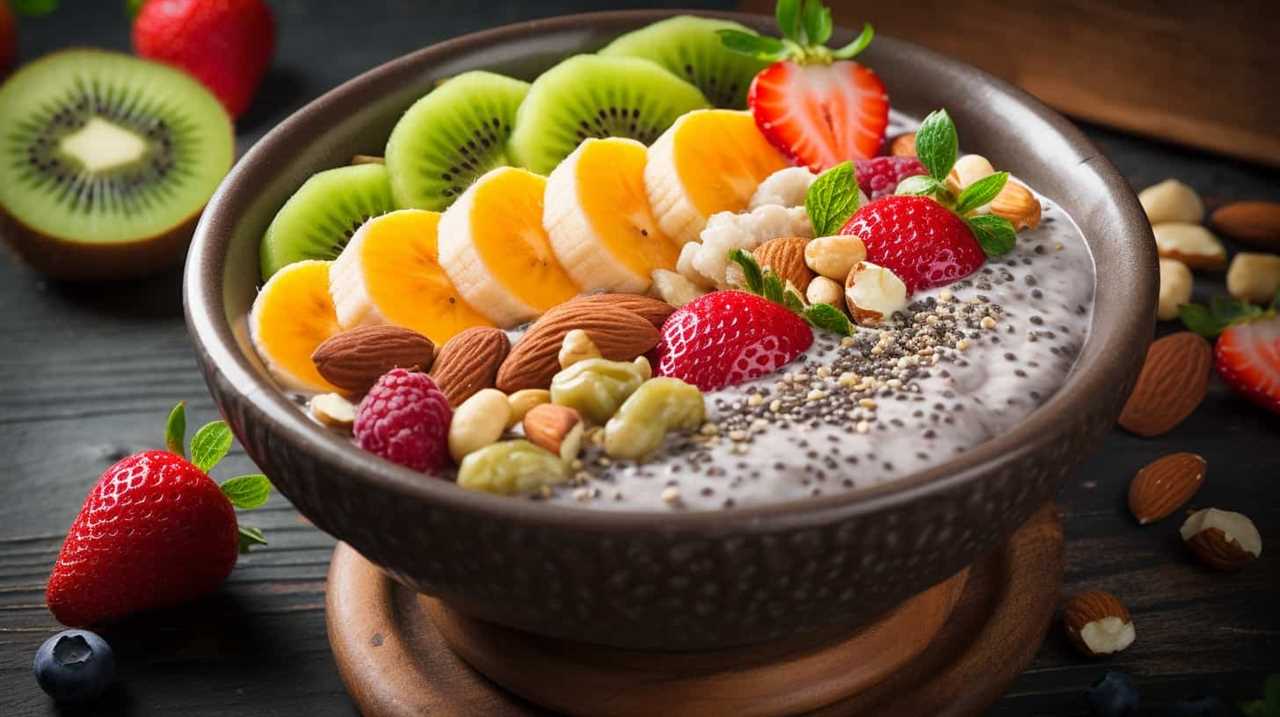
Optimal Planting Techniques
To optimize our seed production, we employ efficient planting techniques that maximize yield and ensure consistent quality.
When it comes to precision seeding, we carefully calibrate our equipment to ensure accurate seed placement and spacing. This helps to minimize competition between plants and optimize nutrient uptake.
Additionally, we utilize seed treatment technologies to protect against pests, diseases, and environmental stressors. By applying treatments such as fungicides, insecticides, and growth regulators, we can enhance seed quality and increase the chances of successful germination and establishment.
Finally, we adhere to strict planting schedules and consider factors such as soil moisture, temperature, and weather conditions to ensure optimal planting conditions. These techniques not only maximize seed production but also contribute to the overall success of our crops.
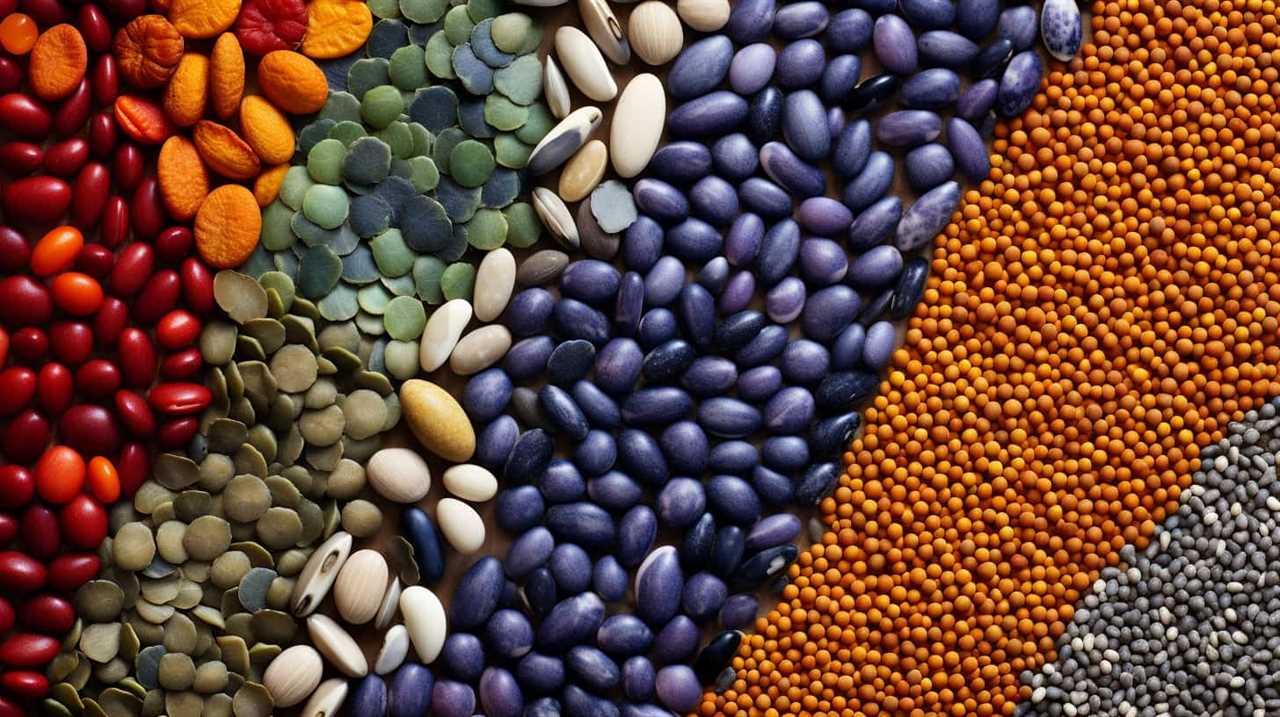
Transitioning into the subsequent section about efficient irrigation and water management, we recognize the importance of proper moisture levels in seed production.
Efficient Irrigation and Water Management
In order to optimize seed production, we implement efficient irrigation and water management strategies.
One key aspect of this is the use of drought resistant crops, which are designed to withstand periods of water scarcity. By selecting and cultivating these crops, we can reduce water usage and ensure a more sustainable production system.
Additionally, we employ water saving technologies to further enhance our irrigation practices. These technologies include drip irrigation, which delivers water directly to the plants’ roots, minimizing water waste through evaporation. Another approach is the use of soil moisture sensors, which allow us to monitor and regulate the amount of water applied based on the plants’ actual water needs.

Integrated Pest and Disease Control
We regularly implement integrated pest and disease control measures to ensure successful seed production. This involves a combination of natural predators and biotechnology advancements. Here are three key strategies we employ:
- Biological control: We encourage the presence of natural predators, such as ladybugs and parasitic wasps, to control pests and diseases. These beneficial insects feed on harmful pests, reducing the need for chemical interventions.
- Crop rotation: We rotate crops to disrupt pest and disease cycles. By planting different crops in sequence, we prevent the buildup of pests and diseases that target specific plants.
- Genetic resistance: Through biotechnology advancements, we develop seeds with increased resistance to pests and diseases. This allows plants to withstand attacks and reduces the reliance on chemical pesticides.
Harvesting and Post-Harvest Handling
Our team thoroughly examines and implements effective harvesting and post-harvest handling techniques to ensure optimal seed quality and viability.
After the seeds have been harvested, it’s crucial to properly manage the drying and storage process. Drying is essential to reduce seed moisture content and prevent the growth of mold and other pathogens. We employ specialized equipment and carefully control temperature and humidity levels to achieve the desired moisture content for each seed variety.
Once the seeds are dried, they’re stored in appropriate containers or facilities that maintain ideal conditions for long-term storage.
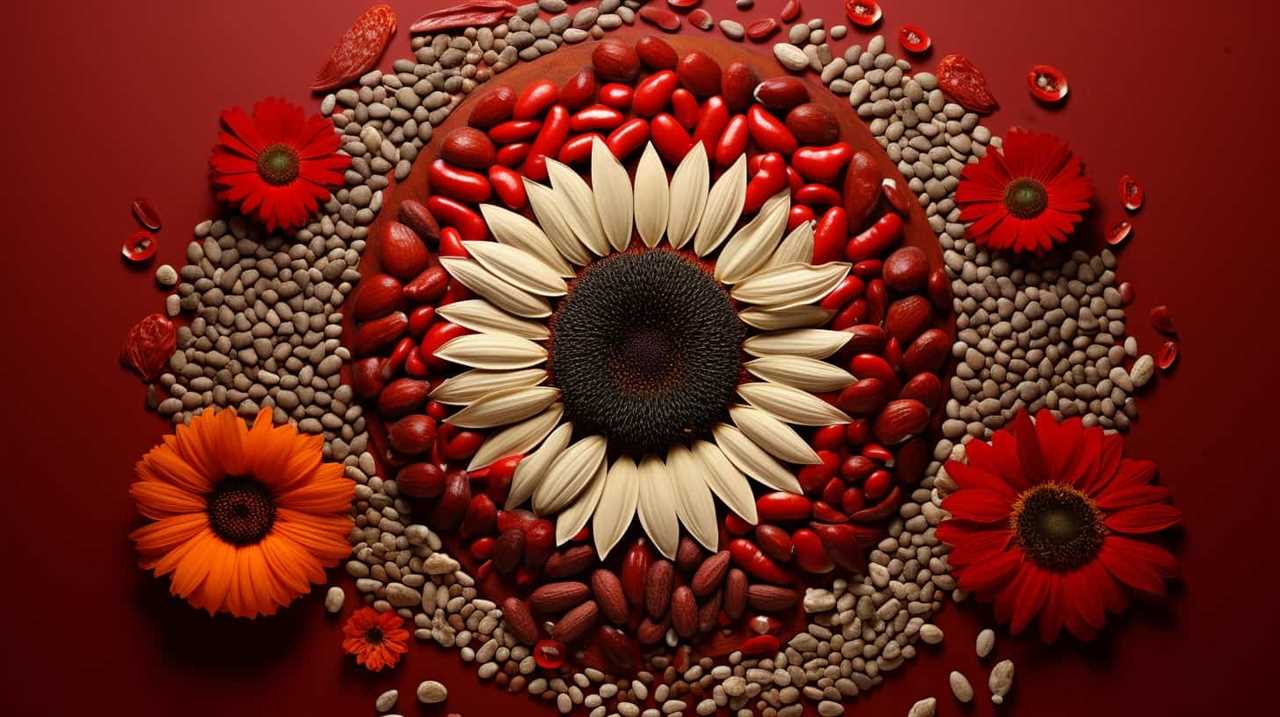
Quality assessment is a critical step in post-harvest handling, where we evaluate the seeds for factors such as germination rate, purity, and vigor. This assessment helps us determine the overall quality of the seed lot and make informed decisions regarding seed distribution and sale.
Conclusion
In conclusion, successful seed production requires careful planning and implementation of various commercial strategies.
Just as a well-selected and nurtured seed grows into a thriving plant, the right crop selection, optimal planting techniques, efficient irrigation, integrated pest control, and proper post-harvest handling are the seeds of success in the agricultural industry.
By harnessing these strategies, farmers can cultivate a fruitful harvest and sow the seeds of prosperity for their business.
